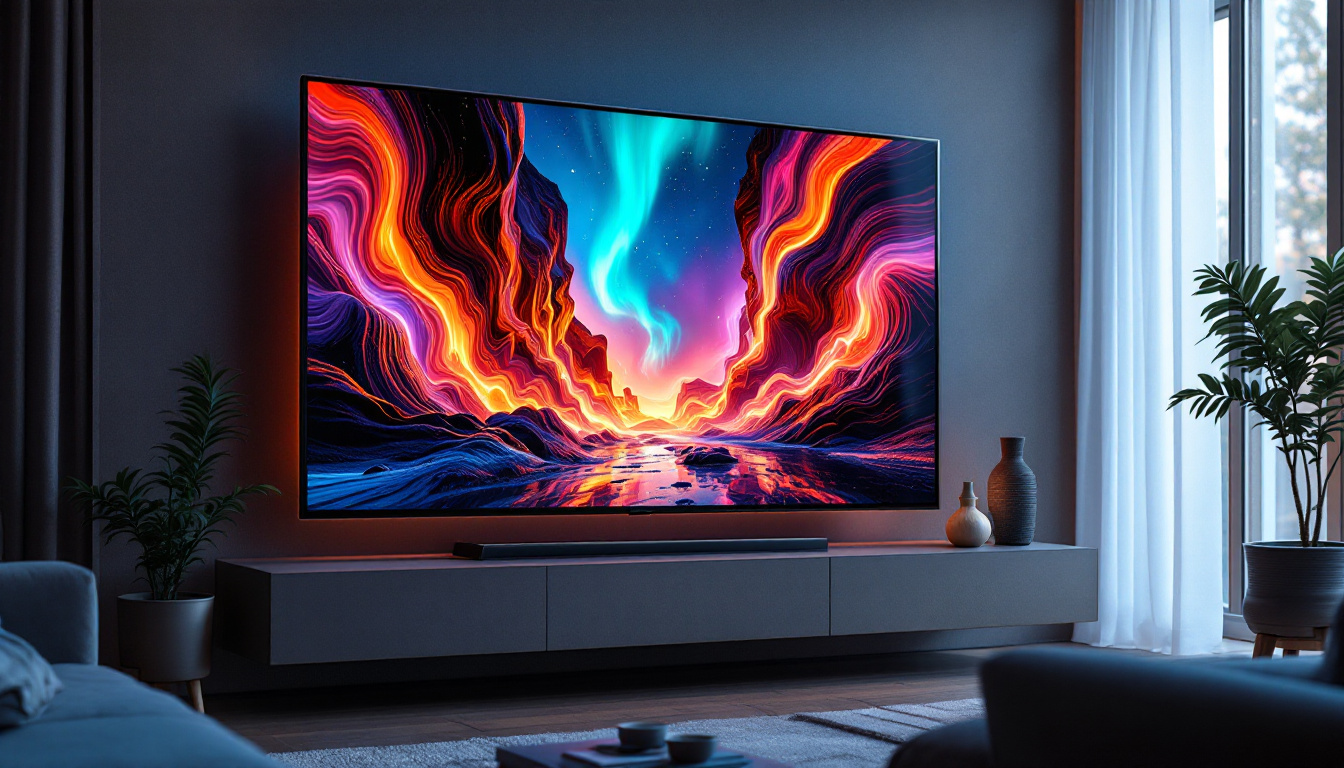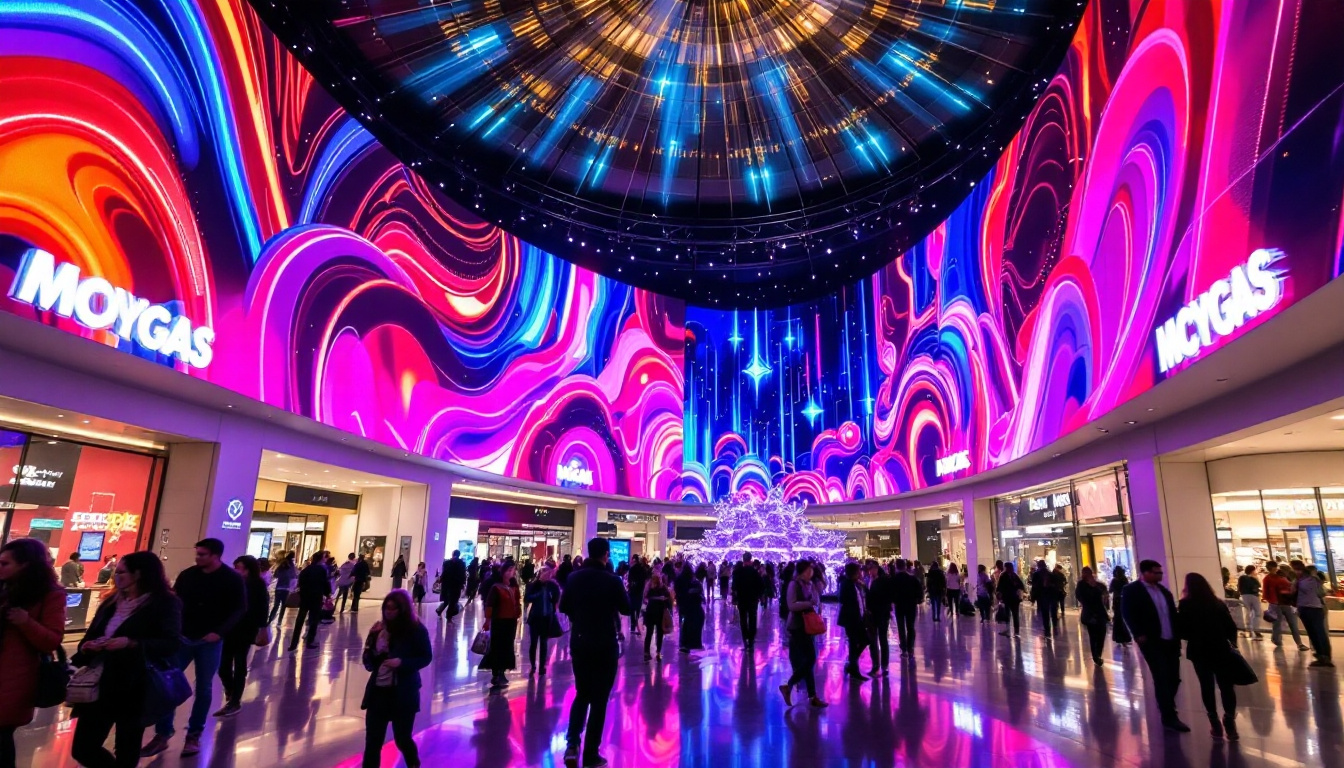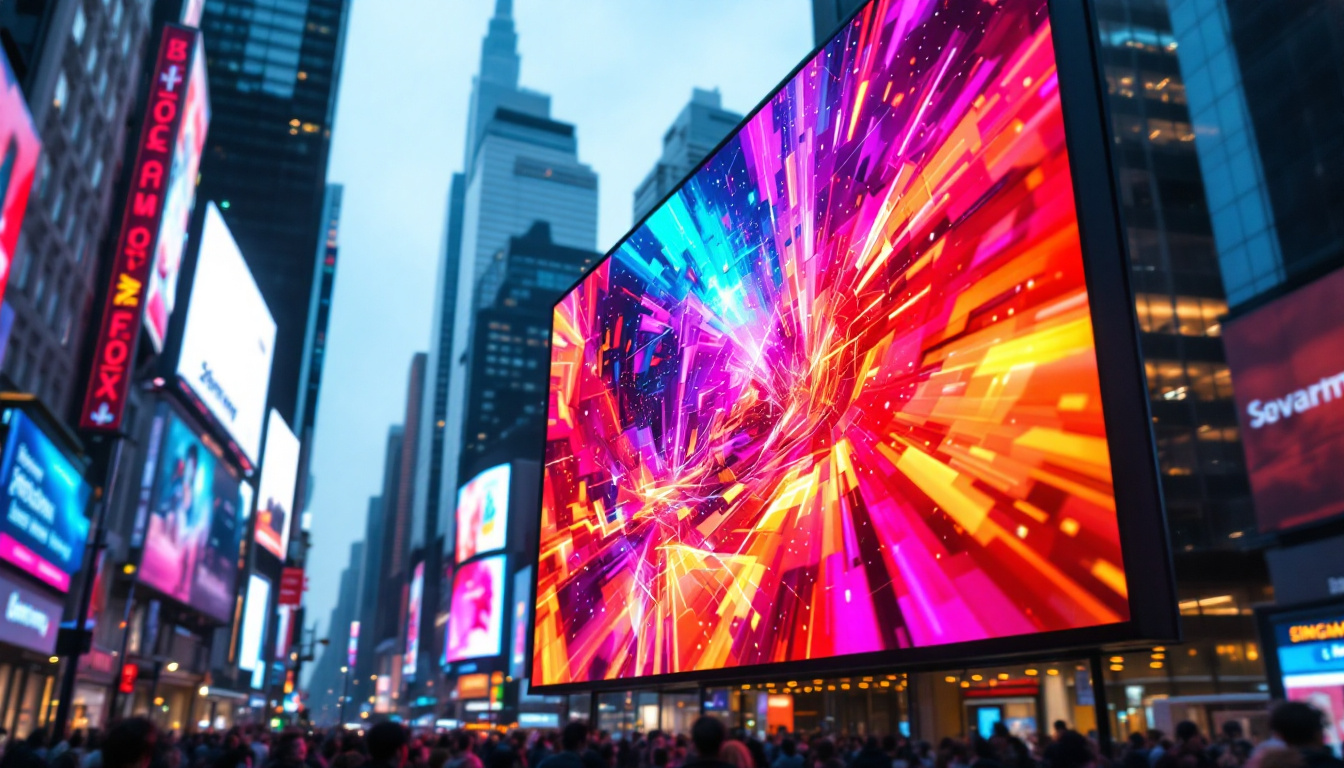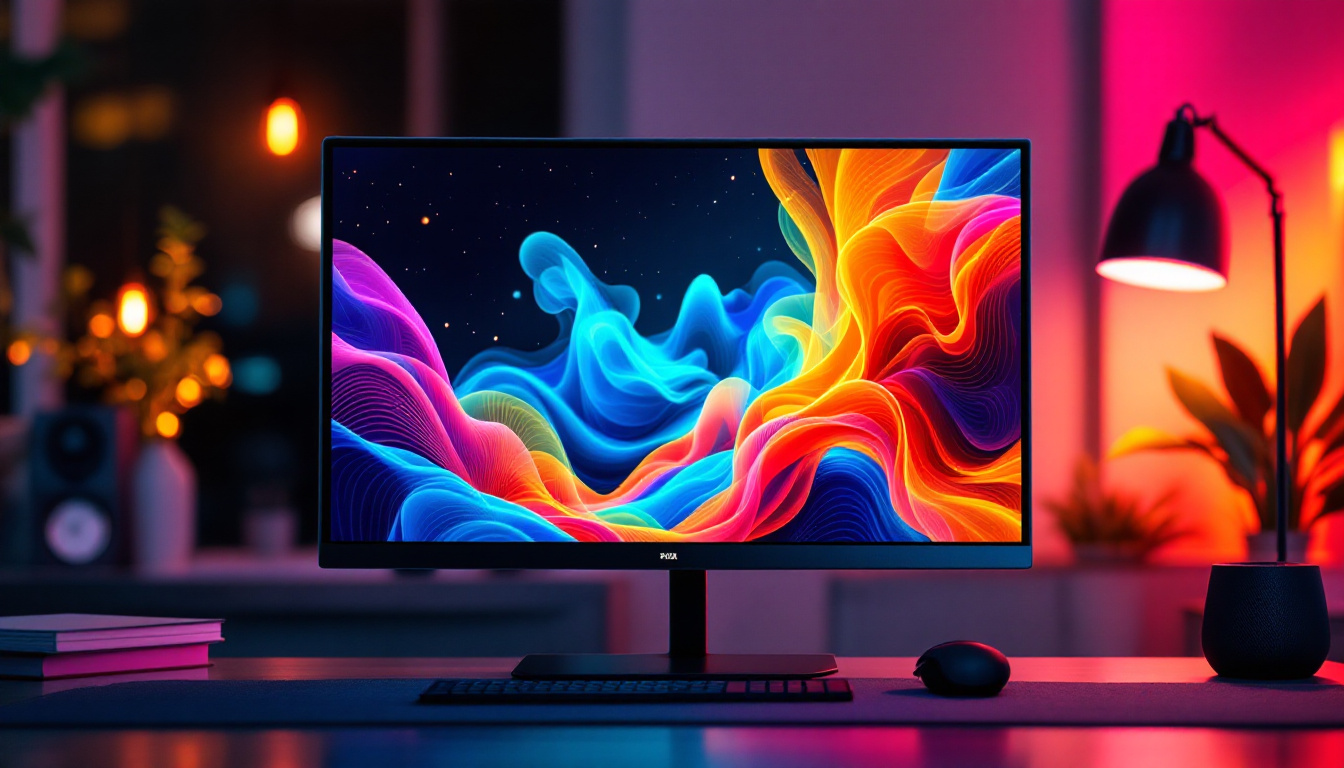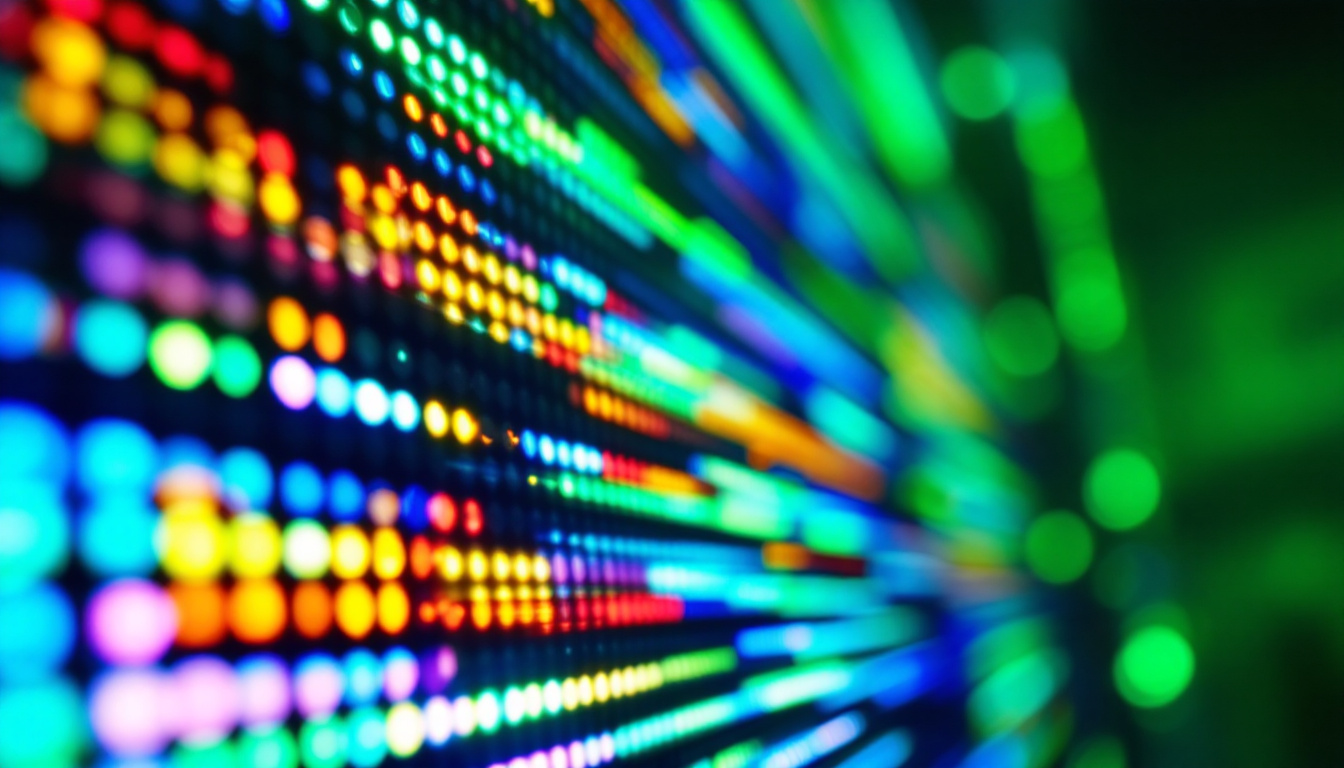The evolution of display technology has transformed the way we interact with digital devices. Among the various types of displays, LCD (Liquid Crystal Display) and LED (Light Emitting Diode) have become ubiquitous in modern electronics. This article delves into the intricacies of LCDs, particularly focusing on the concepts of LCD of 2 and 4, and how they relate to LED displays. Understanding these technologies can enhance consumer knowledge and inform better purchasing decisions.
Understanding LCD Technology
LCD technology is based on the manipulation of liquid crystals, which are substances that exhibit properties between those of liquids and solid crystals. This unique characteristic allows them to control light effectively, making them ideal for display applications. The fundamental principle of an LCD is its ability to block or allow light to pass through, creating images on a screen.
How LCD Works
At the core of every LCD is a layer of liquid crystals sandwiched between two polarizing filters. When an electric current is applied, the orientation of the liquid crystals changes, altering the light’s path. This manipulation creates images by varying the intensity of light that reaches the viewer’s eyes. The display is further enhanced by a backlight, typically composed of LEDs, which illuminates the screen.
LCDs are categorized into various types, including Twisted Nematic (TN), In-Plane Switching (IPS), and Vertical Alignment (VA). Each type has its strengths and weaknesses, affecting color reproduction, viewing angles, and response times. Understanding these differences is crucial for consumers looking for specific display characteristics. For instance, TN panels are known for their fast response times, making them popular among gamers, while IPS panels offer superior color accuracy and wider viewing angles, ideal for graphic designers and photographers.
LCD of 2 and 4: What Do They Mean?
The terms “LCD of 2” and “LCD of 4” refer to the number of bits used in the color depth of the display. Color depth, measured in bits, indicates how many colors can be represented on the screen. An LCD of 2 bits can display 4 colors (2^2), while an LCD of 4 bits can display 16 colors (2^4). This distinction is essential in understanding the visual quality and detail that a display can achieve.
While LCDs of 2 bits are rarely used in modern applications due to their limited color range, LCDs of 4 bits can still be found in specific low-end devices or applications where color fidelity is not critical. Most contemporary displays utilize at least 8 bits per channel, allowing for over 16 million colors, which significantly enhances the viewing experience. Furthermore, advancements in LCD technology have led to the development of higher color depths, such as 10-bit and 12-bit displays, which can produce over a billion colors. This increased color depth is particularly beneficial for high-definition video content and professional graphic work, where subtle color variations are crucial for accuracy and realism.
LED Display Technology
LED displays are a subset of LCD technology that utilizes light-emitting diodes as a source of illumination. Unlike traditional LCDs that rely on fluorescent backlighting, LED displays provide a more efficient and vibrant alternative. This section explores the fundamental aspects of LED technology and its advantages over conventional LCDs.
How LED Displays Work
LED displays operate on the same principles as LCDs but with a significant difference in their backlighting. Instead of using a cold cathode fluorescent lamp (CCFL) for illumination, LED displays employ arrays of tiny light-emitting diodes. These diodes can be arranged in various configurations, including edge-lit and full-array backlighting, to enhance brightness and color accuracy.
The use of LEDs allows for better control over brightness levels and contrast ratios. This results in deeper blacks and more vibrant colors, making LED displays particularly appealing for multimedia applications, gaming, and professional graphic design. Furthermore, LED technology is more energy-efficient, contributing to longer battery life in portable devices. Additionally, LED displays can achieve faster refresh rates, which is crucial for dynamic content such as video games and action movies, providing a smoother viewing experience without motion blur.
Types of LED Displays
LED displays can be classified into several types, each designed for specific applications. The most common types include:
- Edge-Lit LED: LEDs are placed along the edges of the display, allowing for a thinner profile. This design is often used in televisions and monitors.
- Full-Array LED: LEDs are distributed across the entire back of the display, providing more uniform lighting and better contrast.
- OLED (Organic LED): A more advanced technology where each pixel emits its own light, resulting in exceptional color accuracy and contrast.
Each type of LED display has its advantages and disadvantages, making it essential for consumers to choose based on their specific needs and preferences. For instance, while edge-lit displays are typically more affordable and sleeker, full-array models excel in delivering superior picture quality, especially in darker environments. On the other hand, OLED displays, with their ability to turn off individual pixels, offer unparalleled black levels and color richness, making them a favorite among cinephiles and graphic artists alike. The choice between these technologies often hinges on factors such as budget, intended use, and desired visual performance.
Moreover, advancements in LED technology continue to evolve, with innovations such as MicroLED and MiniLED displays emerging on the market. MicroLED technology, for instance, utilizes microscopic LEDs to create self-emissive displays that promise even greater brightness and energy efficiency. These advancements not only enhance the viewing experience but also open up new possibilities for applications in augmented reality (AR) and virtual reality (VR), where immersive visuals are paramount. As manufacturers push the boundaries of what LED technology can achieve, consumers can expect even more stunning visuals and versatile display options in the near future.
Comparing LCD and LED Displays
When comparing LCD and LED displays, it is crucial to understand that LED is essentially an enhancement of LCD technology. While both types share similarities, they also have distinct differences that can impact user experience. This section highlights the key comparisons between the two technologies.
Brightness and Color Accuracy
One of the most significant advantages of LED displays over traditional LCDs is their superior brightness and color accuracy. LED technology allows for higher brightness levels, making it easier to view content in well-lit environments. Additionally, the ability to achieve deeper blacks and more vibrant colors gives LED displays an edge in terms of visual quality.
In contrast, standard LCDs may struggle with brightness and color reproduction, particularly in challenging lighting conditions. This limitation can affect the overall viewing experience, especially for users who consume multimedia content or engage in graphic design work.
Energy Efficiency
Energy efficiency is another critical factor when comparing LCD and LED displays. LED technology is inherently more energy-efficient, consuming less power while providing superior brightness. This efficiency translates to longer battery life in portable devices and reduced energy costs for larger displays.
Traditional LCDs, particularly those using CCFL backlighting, tend to consume more power, which can be a drawback for users concerned about energy consumption and environmental impact.
Applications of LCD and LED Displays
Both LCD and LED displays have found applications across various industries, each serving unique purposes. Understanding these applications can provide insight into the versatility and functionality of these technologies.
Consumer Electronics
In the realm of consumer electronics, LCD and LED displays are prevalent in televisions, smartphones, tablets, and computer monitors. The choice between the two often depends on the intended use and budget. LED displays are favored for high-end televisions and gaming monitors due to their superior image quality, while LCDs may still be found in budget-friendly devices.
Smartphones and tablets predominantly use LCD technology, particularly IPS panels, which offer excellent color reproduction and viewing angles. However, premium devices are increasingly adopting OLED technology, which provides even better performance.
Commercial Use
In commercial settings, both LCD and LED displays are utilized for advertising, information dissemination, and presentations. Digital signage solutions often employ LED technology due to its brightness and visibility in various lighting conditions. These displays can be found in retail environments, airports, and public transportation systems, where capturing attention is crucial.
LCDs also play a significant role in commercial applications, particularly in conference rooms and classrooms. Their affordability and reliability make them suitable for presentations and educational purposes.
The Future of Display Technology
The landscape of display technology continues to evolve rapidly, with advancements in both LCD and LED technologies. Emerging trends and innovations are shaping the future of how displays will be used across various sectors.
MicroLED Technology
MicroLED technology represents one of the most exciting developments in display technology. This cutting-edge technology utilizes microscopic LEDs to create individual pixels, resulting in exceptional contrast, brightness, and color accuracy. MicroLED displays have the potential to combine the best features of LCD and OLED while eliminating some of their drawbacks.
As manufacturers invest in MicroLED technology, it is anticipated that this innovation will lead to thinner, lighter, and more energy-efficient displays, making them ideal for a wide range of applications, from smartphones to large-scale digital signage.
Flexible and Transparent Displays
Another area of growth in display technology is the development of flexible and transparent displays. These innovations open up new possibilities for design and functionality, allowing displays to be integrated into various surfaces and objects. Flexible displays can bend and curve, enabling unique product designs, while transparent displays can provide information without obstructing the view behind them.
As these technologies mature, they are expected to revolutionize industries such as automotive, architecture, and retail, creating immersive and interactive experiences for consumers.
Conclusion
In summary, understanding the differences between LCD of 2 and 4, as well as the broader context of LCD and LED display technologies, is essential for consumers and professionals alike. As technology continues to advance, the distinctions between these display types will become increasingly important in making informed choices.
Whether for personal use, commercial applications, or future innovations, staying informed about display technologies can enhance the overall experience and satisfaction with digital devices. As the industry progresses, consumers can look forward to even more exciting developments that will shape the way we interact with screens in our daily lives.
Discover LumenMatrix LED Display Innovations
As you consider the advancements and applications of LCD and LED display technologies, LumenMatrix stands at the forefront of this evolution, offering a wide array of LED display solutions tailored to your needs. From captivating Indoor LED Wall Displays to dynamic Outdoor LED Wall Displays, and from versatile Vehicle LED Displays to innovative LED Transparent Displays, LumenMatrix is committed to revolutionizing visual communication. Elevate your brand’s presence and create unforgettable visual experiences with our cutting-edge technology. Check out LumenMatrix LED Display Solutions today and see how we can help you share your message with impact and clarity.




